
Lot 259
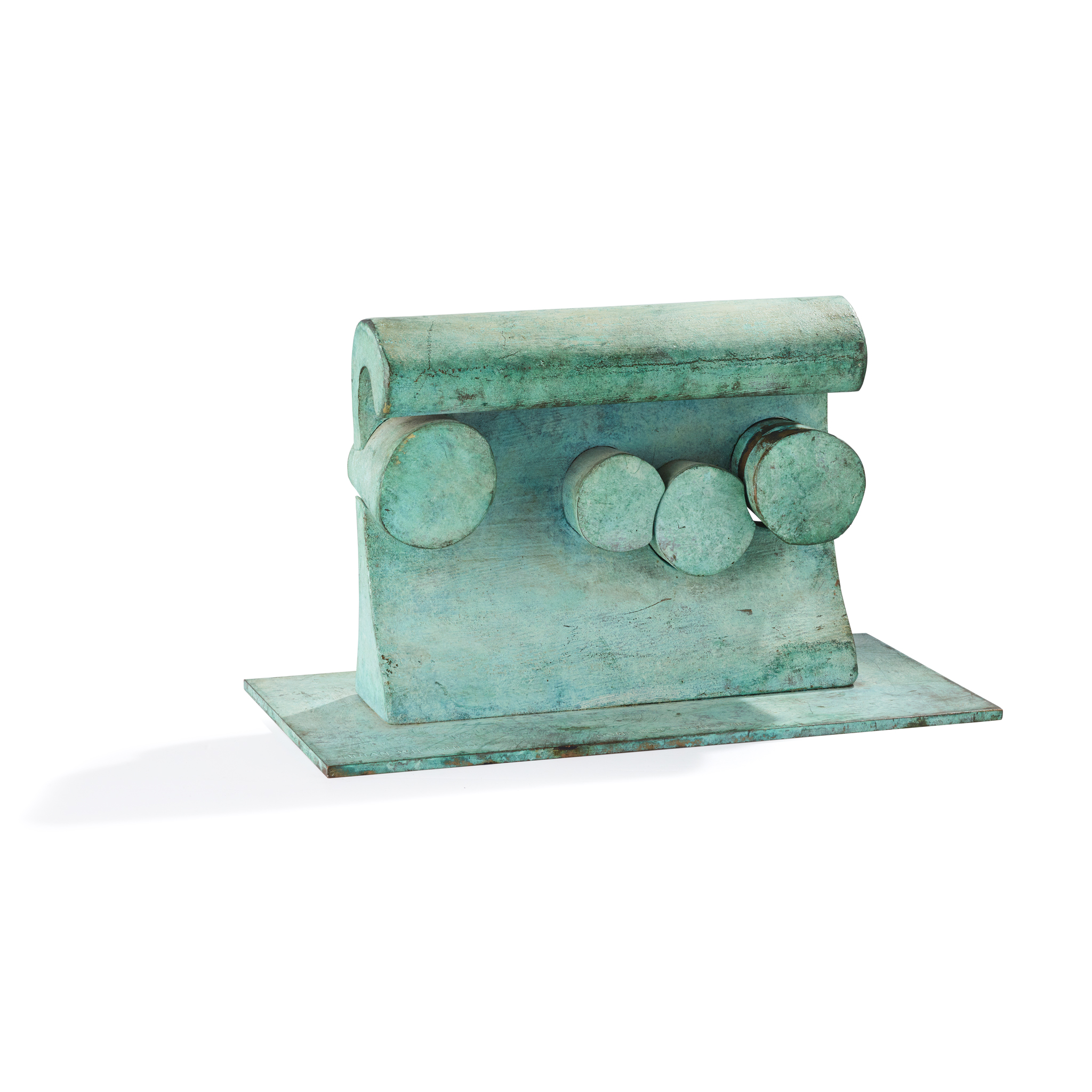
BRIAN WILLSHER (BRITISH 1930-2010) §
CONSTRUCTION XVIII
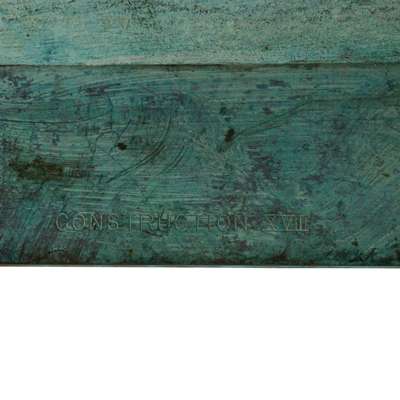
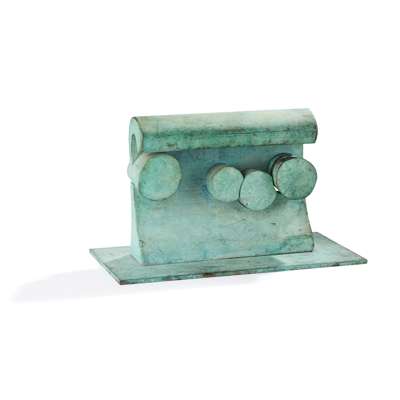
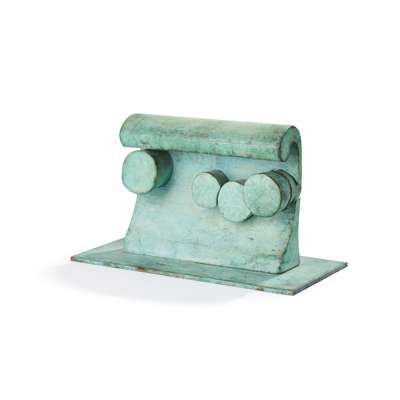

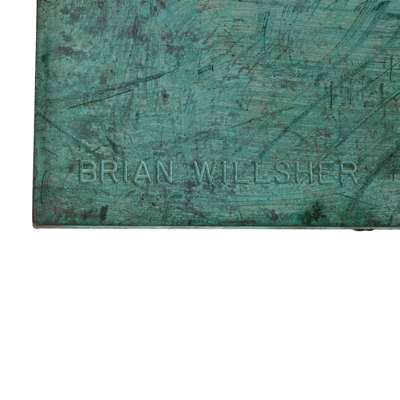


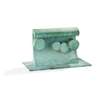
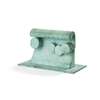
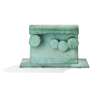

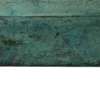
Auction: 19 March 2025 from 10:00 GMT
Description
9/9, embossed with signature, title and number to base, verdigris bronze
Dimensions
21cm high, 35.5cm wide, 18cm deep (8 ¼in high, 4in wide, 7in deep) including integral base
Footnote
Brian Willsher was born in the deprived south London borough of Catford in 1930 and lived in the city all his life. His was a definitively ‘non-art’ background, one that would today make him an ‘outsider artist’ and very liked fêted by an art world in search of authentic voices. He had no formal training as a sculptor – instead he studied engineering at Woolwich Polytechnic for three years from 1946 and then began a career of odd-jobbing, working as telephone engineer, farm worker and dental technician, all the while funnelling his various salaries into his passion for motorcycle racing.
In the early 1950s Willsher suffered a major bike accident. During his recovery he began playing around with plaster, before moving onto wood around 1956. Initially he tried his hand at making a living carving salad bowls, to little success, although this did lead to a shop owner asking him to make lamp bases instead. They proved far more popular and were sold at Harrods, Heal’s and Liberty’s. From here, Willsher began to generate purely sculptural forms, defined by their intricacy and layering, in a Modernist vocabulary reminiscent of Barbara Hepworth and Henry Moore.
After a one-man show at Dunn’s furniture store in Bromley in 1965 and another at Heal’s in 1966, Willsher’s career as a sculptor took off. He was given another exhibition at Heal’s in 1967 (where he sold everything for the deliberately low price of £10 each, subverting the ‘fine art’ context). He showed in Melbourne, Australia, had three works commissioned for Dartington Hall and six for Devon Guild of Craftsmen. He also showed in the Royal Academy Summer Exhibition for five years in a row.
However, just as his career was taking off, Willsher became more famous for a controversy not of his making. In 1968, Her Majesty’s Revenue and Customs (HMRC) decided his work did not count as ‘fine art’ and so was immediately subject to the 40% manufacturing tax on ‘household decorations’ – in a grim parallel of the 1926 episode when US Customs officials denied Constantin Brancusi’s Bird in Space entry into the country, arguing it was just a piece of metal rather than a sculpture.
Willsher was probably not helped by his own diffidence to pricing his work as ‘art’. And part of the Revenue’s argument may have been based on his technique - he didn’t hide the fact he used a bandsaw rather than a chisel. Indeed, he had featured in a British Pathé newsreel, which showed him at work in his suburban garden studio sawing blocks of wood, his hands just centimetres from the bandsaw blade. ‘These are no handmade shapes created with highfalutin motivations’, intones the voice-over, ‘Some purist sculptors may turn up their noses at Willsher’s efforts.’
A number of artists sprang to Willsher’s defence, most notably Moore, who perhaps saw many of his own sculptural concerns within Willsher’s abstract sculptures, with their holes punched through the middle. Moore was quoted in The Guardian saying, ‘Here's pure sculpture, indeed! More than that, memorable sculpture!’ and in turn it was The Guardian and The Observer who turned the impasse into a national campaign, posing questions such as ‘When is a sculpture not a sculpture?’
Eventually, HMRC backed down and Willsher was vindicated, although the furore put him off exhibiting, just at the point when his star was in the ascendant. This may go some way to explain why his work is less well-known today than it should be – even if he has enjoyed something of a small renaissance in the last decade or so, as dedicated collectors such as Hugo Burge would seek his work out, either online or at the few galleries who showed him. This reappraisal of Willsher reached its apotheosis in October 2021, with an exhibition at Margaret Howell’s Wigmore Street atelier – a non-traditional ‘art’ space of which the artist would no doubt have approved.
Willsher is known almost exclusively for his finely turned, smoothly finished carvings in exotic woods and so we are delighted to be able to also present some of his lesser-seen bronzes from Hugo Burge’s collection, as together they represent the breadth of Willsher’s sculptural vision.












